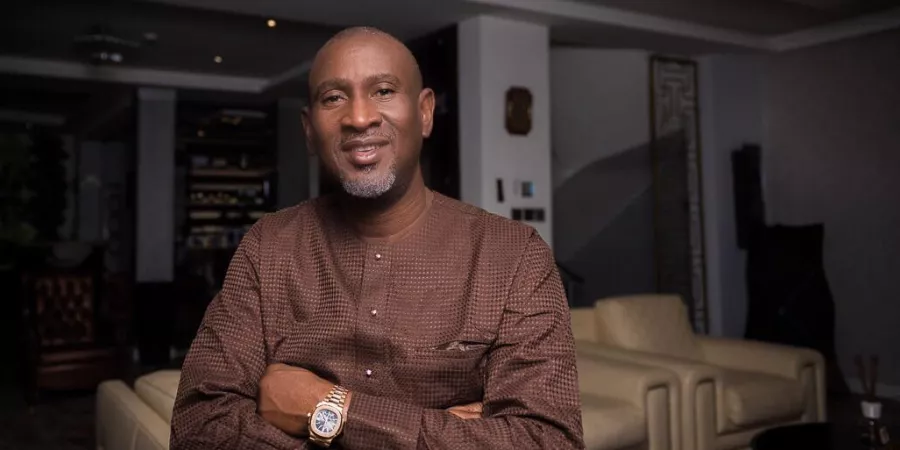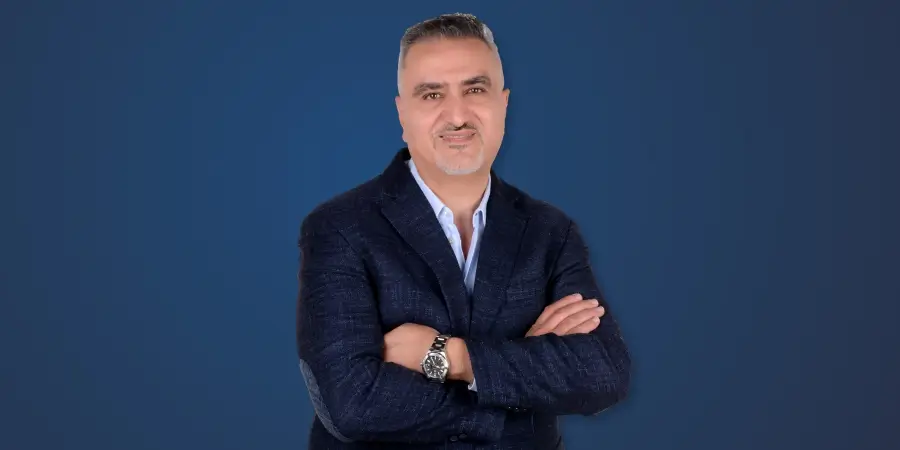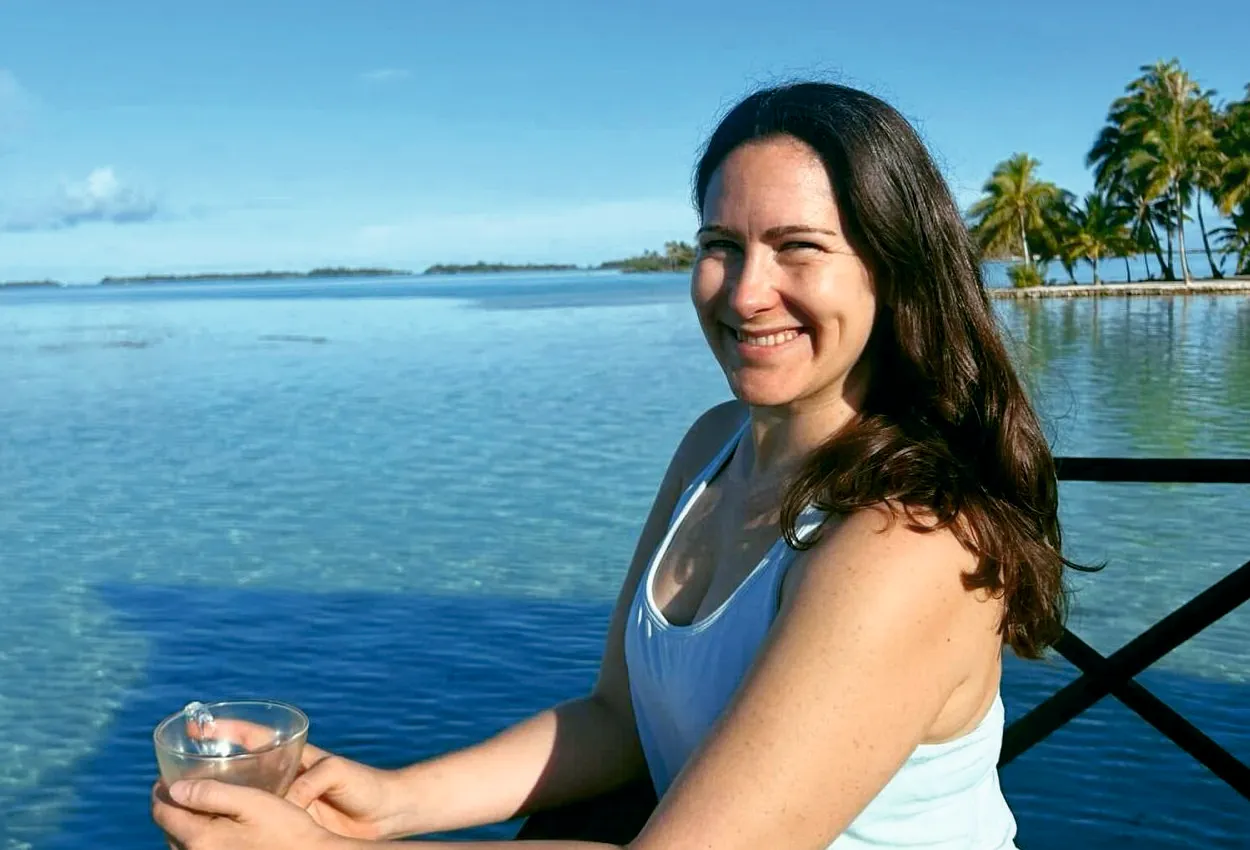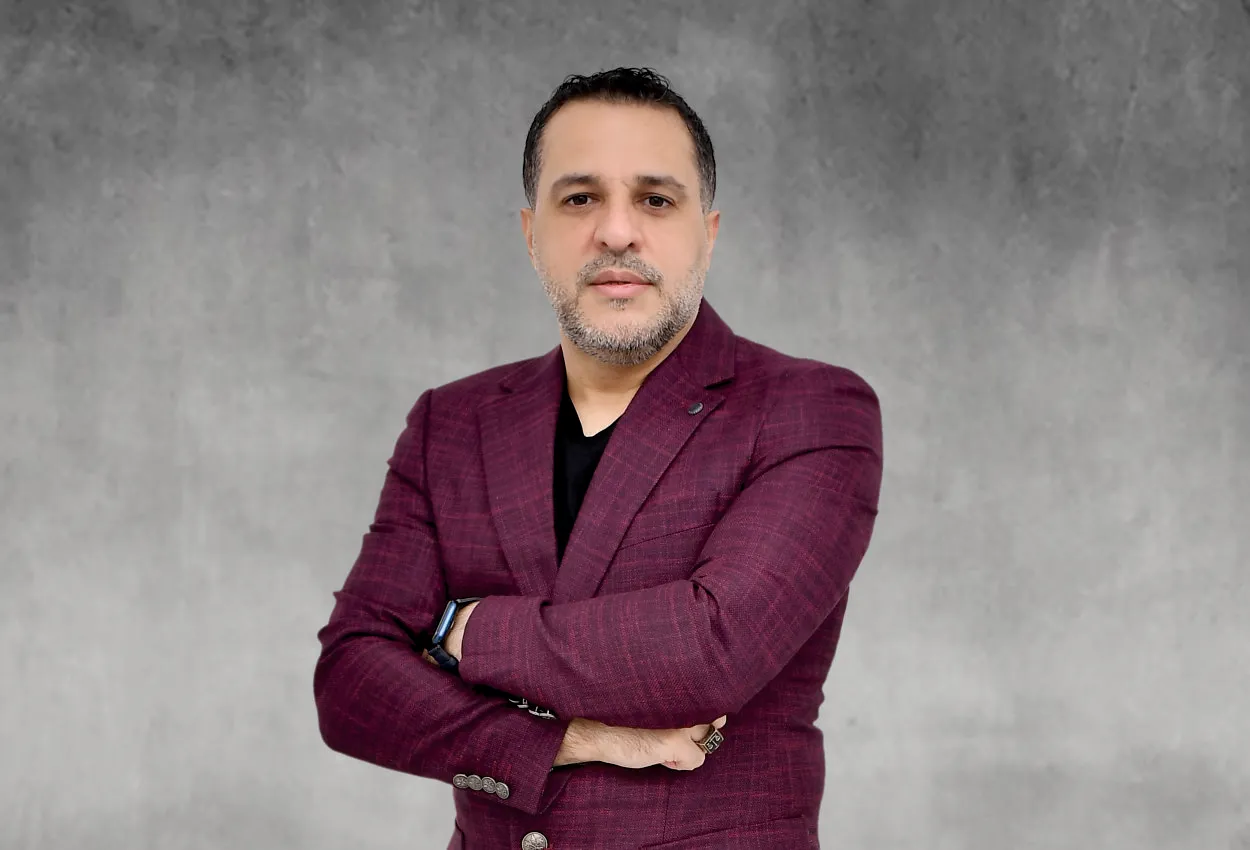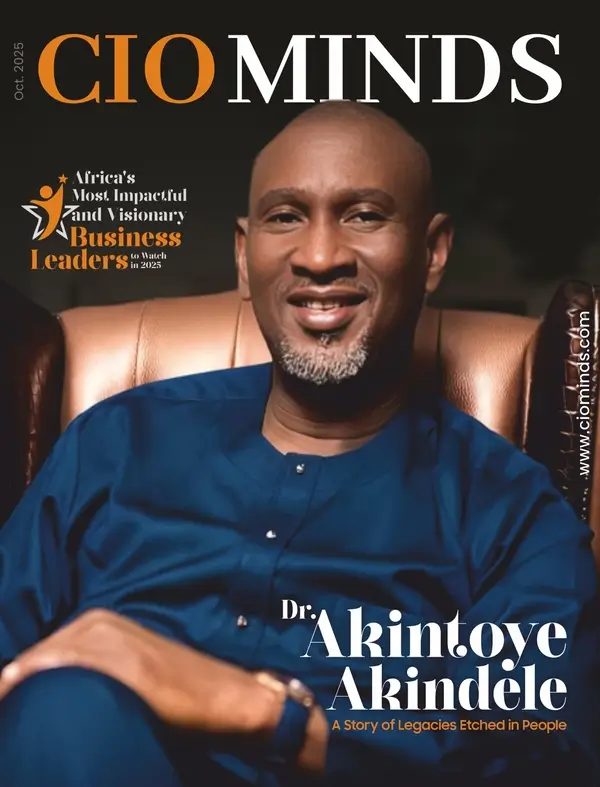Insurance is no longer confined to policy documents stored in drawers. It is becoming a service people can access through the everyday platforms they already trust and use. From a mobile phone purchase to a digital wallet transaction, protection can now be woven into the very moments that shape daily life. This shift is transforming insurance from a distant safety net into a constant, relevant companion that safeguards what matters most without adding extra steps for the customer.
Leading this new chapter in insurance accessibility is Gugu Mtetwa, CEO of Santam Partner Solutions, who has built her career on transforming bold vision into measurable change.
With a career spanning over two decades across financial services and telecommunications, Gugu brings a rare blend of strategic vision, operational insight, and boardroom acumen to her role as the CEO.
In this exclusive interview, she shares her leadership journey, her priorities as CEO, and the role partnerships and purpose play in shaping the future of insurance.
Below are the highlights from the interview
What inspired your transition from a leadership role in operations to becoming the CEO of Santam Partner Solutions?
I’m a Chartered Accountant by training, and I spent the first half of my career immersed in the world of numbers, initially at PwC as an audit partner and then in financial services as an executive. I reached a stage where I desired a deeper understanding and the ability to influence the core operations of a business. At that point, I transitioned into operations leadership within an asset management firm, and eventually became Group Chief Operating Officer (COO) at Santam. When the opportunity to lead Santam Partner Solutions as CEO came up, I knew it was the natural next step. This role demands a broader focus, on growth, innovation, and building strategic partnerships. At Santam Partner Solutions, we firmly believe that the future of growth lies in collaboration. Our mission is to partner meaningfully to reach markets beyond traditional insurance, enabling greater access and impact.
With over two decades of experience in financial services and telecoms, how have these sectors shaped your leadership style?
The first decade of my career at PwC gave me unique insights into how businesses succeed, or fail. As an audit partner focused on financial services, I saw firsthand the strong link between cohesive teams, good governance, and sustainable results.
The next decade took me into telecoms and operational leadership roles. That blend of sectors now serves me well, particularly as some of our key partners in Santam Partner Solutions are telecoms companies. My past experience allows me to better understand their business models and find natural integration points.
Ultimately, this diversity has taught me to always ask: How can we do this better? I’ve learned to embrace adaptability and continuous learning. I believe strongly in the power of small shifts, moving the needle just one degree at a time can bend the arc of the future.
What strategic priorities have you set since taking the helm in 2025?
My first priority was to cultivate a winning culture, one rooted in talent development and purpose. When teams feel they are part of something bigger and equipped to contribute meaningfully, motivation and performance follow.
The second priority is expansion through financial inclusion. South Africa, for example, has high mobile phone penetration but low insurance uptake. We aim to leverage partnerships to make insurance more accessible and relevant, creating symbiotic relationships that benefit clients and partners alike.
How do you see the role of partnerships evolving in the insurance sector?
Partnerships are no longer just a distribution channel; they have become a core strategic lever for sustainable growth and relevance. In South Africa, where socio-economic diversity is vast and market dynamics are complex, partnerships offer a unique opportunity to bridge gaps, extend reach, and innovate in meaningful ways.
To unlock this potential, we need to reimagine not just how we serve clients, but who we consider clients, what they value, and how we deliver protection. The traditional view of insurable assets, homes, vehicles, and physical possessions is shifting. People now seek protection for a broader range of what they consider valuable: mobile phones, digital identities, and small business tools. Our product and partnership models must evolve accordingly.
In the South African context, partnerships can help insurance reach segments that have historically been underserved or excluded. By embedding insurance into everyday platforms and services, like airtime purchases, digital wallets, or community banking networks, we can lower the barriers to entry and increase awareness around financial protection.
There is also a critical role for partnerships in driving financial inclusion. Education is key: people won’t buy what they don’t understand, and they won’t value what they can’t relate to.
Finally, the evolving nature of risk, climate-related, cyber, political, and economic, means no insurer can respond to emerging threats in isolation. Cross-sector alliances will be vital in building the resilience needed to navigate future challenges.
At Santam Partner Solutions, we see partnerships not as bolt-ons, but as embedded mechanisms for expansion, relevance, and impact. This strategic mindset enables us to unlock new markets, reach more people, and ultimately deliver on our purpose: to safeguard what matters most.
You’ve led IT, HR, marketing, and client experience teams. How do you ensure alignment across these functions as CEO?
Having led shared and enabling services like IT, HR, procurement and marketing has given me deep respect for their impact. These functions don’t just support the business, they shape it. Brand and marketing, in particular, are powerful levers. They influence not only how clients perceive us but also how employees experience their work.
Every decision we make contributes to the Santam experience. Our goal is to ensure that the brand is not just something we project outward, but something we live internally.
Santam’s purpose is “safeguarding what’s most important.” What does that mean to you, personally and professionally?
In 2024, we repositioned the Santam brand around the idea that insurance gives you freedom. Freedom to live your life fully, because we’re there to protect what matters when life happens.
To me, insurance is about more than replacing what’s lost; it’s about preserving the time, effort, and generational value embedded in those assets. When someone loses a hard-earned asset, they lose the compound value of time and progress. That’s why I’m passionate about ensuring those who need cover the most, often those with the least protection, can access it.
How does your financial background support your leadership approach?
Finance is the language of business. My background as a Chartered Accountant, along with a Master’s in Finance, enables me not only to interpret financial data but to connect it with client experience, behavioral insights, and market realities.
It’s not just about reviewing numbers, it’s about analyzing trends, joining the dots between data points, and understanding what truly drives revenue and growth. This helps me make decisions that are not only analytically sound but also grounded in the real-world context. I remain deeply cognizant of the environment around me, economic shifts, social dynamics, and regulatory changes, all of which shape how we serve clients and grow sustainably.
You’ve served on multiple boards. How has that experience influenced your leadership style?
A decade ago, following the birth of my child, I took a sabbatical from executive life and was invited to serve on several listed company boards as a director. During that period, I chaired audit committees and contributed to strengthening governance frameworks, an experience that proved pivotal in both my personal and professional journey. Serving as a non-executive director gave me a high-level, strategic perspective, the proverbial 40,000-feet view, while also sharpening my understanding of executive accountability and board oversight. It provided valuable insight into the role of the board in guiding long-term value creation, and the pressures leaders face in delivering on strategic commitments.
Today, as a CEO, I draw on that dual perspective. It enables me to balance strategic vision with operational execution, and to engage more effectively with boards and stakeholders. It has reinforced the importance of governance, clarity, and transparency in building resilient organizations.
Santam is over 100 years old. How do you balance tradition with innovation?
We honor our legacy, but we don’t rest on it. Staying relevant means constantly evolving with our clients. Innovation, digitization, and client experience are at the heart of our strategy.
We don’t just sell policies; we deliver peace of mind. And that experience must reflect the world our clients live in today. With the strength of Sanlam behind us, we’re well-positioned to innovate while maintaining the trust we’ve built over more than a century.
What advice would you give to aspiring women leaders in the insurance and financial services sector?
To aspiring women in leadership, I offer this message: “we need more women at every level of influence. Regardless of the position you hold or the stage of your journey, your presence carries weight. It signals possibility, it inspires belief, and it quietly affirms to others that they, too, belong. Often, we underestimate the power of simply showing up, but know that your visibility alone can shape someone else’s ambition. So, remain steadfast, continue to lead, and trust that each step you take contributes to bending the arc of history toward greater inclusion and progress.”
Looking ahead, what excites you most about the future of Santam Partner Solutions?
The opportunity to make insurance more inclusive and more relevant. To shape partnerships that not only grow the business but genuinely improve people’s lives. And to lead a team that believes in pushing boundaries, asking better questions, and creating lasting impact.


